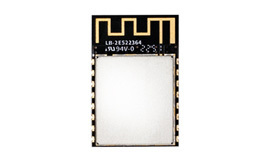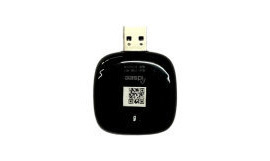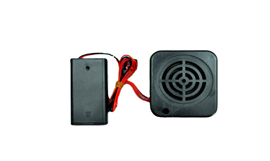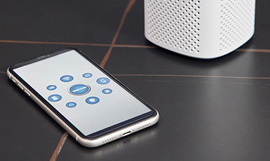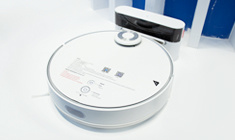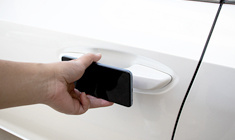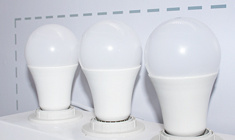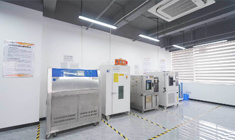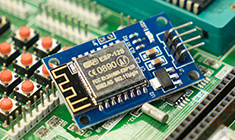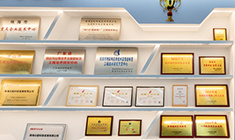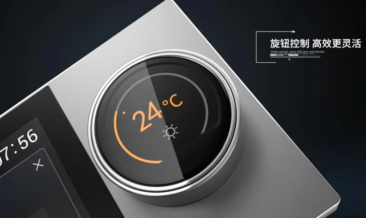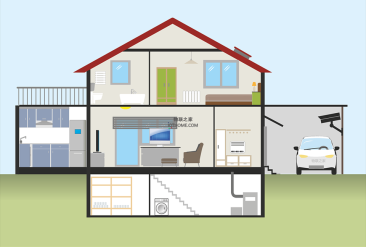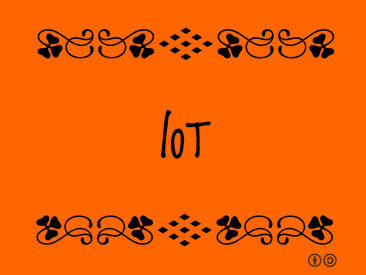
Building iot devices: 10 Things to know before you get started
Release Time:
2021-10-15
It's no surprise that iot device development has become a popular trend. Industry experts expect more than 35 billion iot devices to be installed globally by 2021. To build a practical, useful iot device, you need to do more than invest in the technology. So before you get started, take some tim
It's no surprise that iot device development has become a popular trend. Industry experts expect more than 35 billion iot devices to be installed globally by 2021. To build a practical, useful iot device, you need to do more than invest in the technology. So before you get started, take some time to learn the basics of the Internet of Things.
There are multiple approaches to building iot devices. However, successful companies tend to follow a few key steps before bringing an iot device to market.
What should you do when building an iot device?
1. Start with the right questions
Before you start, ask yourself what problem you're trying to solve with your iot connection. Many companies connect for the sake of connecting and waste valuable time and financial resources on unfocused solutions. While there are many ways that companies can create value through the Internet of Things, we found that there are five main ways that companies can profit from their connected products:
▲ Predictive maintenance -- Companies can connect vital equipment to sensors to receive proactive alerts about health and status.
▲ Fleet Management -- With iot based fleet management solutions, companies can increase service profitability, ensure compliance, and reduce fuel costs.
▲ Asset Tracking -- Internet of Things technology allows companies to monitor their assets (such as devices or vehicles) in real time as they are constantly moving. With increased visibility, they can solve problems before they happen.
▲ Compliance reporting -- By remotely monitoring sensitive assets, iot devices enable manufacturers to significantly reduce the costs associated with compliance.
▲ Environmental monitoring -- iot sensors can be used for commercial agriculture, water monitoring and more. By protecting valuable resources, companies can provide recurring value to customers and their businesses.
2. Build prototypes
The prototyping process can be time-consuming, but it's worth it. It is easier and cheaper to adjust. Prototyping also allows you to identify any skill or technology gaps, while giving you more time for a full talent pool.
If your goal is to extend, a prototype can give you insight into what needs to be done to enhance your extension efforts. This process can be challenging if you are new to product development. But get some inspiration and help from the Internet of Things experts:
▲Particle Community: Provides a support team of iot experts who can answer any of your iot project questions and concerns.
▲Hackster.io: Provides a development community for learning and building iot projects. You can draw inspiration from the thousands of Internet of Things projects listed on its website.
▲Adafruit: is to learn how to build iot item destinations. They provide a wealth of resources, hardware, and guides to get you started.
▲Stackoverflow: Although primarily aimed at programmers, Stackoverflow has a large support community that can help you answer questions related to the Internet of Things.
3. Build a team
Companies must bring together domain experts with the right skills to build iot devices. This is where many companies slip up because they don't know the type of experts needed to build connected products. Iot initiatives require new types of teams that traditional organizational structures do not support or are unfamiliar with. In order to build successful iot devices, companies often need firmware engineers, electrical, mechanical, hardware and other expertise.
The best iot teams are collaborative, covering business decision makers and technical experts (such as executives, operations, information technology, engineering, marketing and support). For example, product and marketing teams need to work together to build a long-term vision for the product and a short-term executable roadmap. These teams should work together for effective planning collaboration. Decisions cannot be made in isolation.
4. Consider the customer experience
Keep in mind that after all the hardware, software, and connectivity builds and tweaks, you need some real users to use your product. Think about how your typical customer would use the product. Brainstorm with your team to find answers to customer experience questions such as:
▲ Does the customer need to access the product through the application?
▲ Can your device easily convey vital signs (such as cell strength) to customers?
▲ Is your equipment "robust" enough to withstand harsh environmental conditions?
▲ Is the device or application meaningful to the end user?
When you put yourself in your customer's shoes, you are bound to gain useful insights. This approach is central to the strategy of delivering smart solutions to customers.
5. Find the right partner
When it comes to building iot devices, don't do it all yourself. Consult a technical expert who can make the task at hand easier. Invest in the right partners now so you don't have to hire people to fix mistakes later.
The iot industry is highly complex and fragmented, making it confusing to choose the right platform for your iot device. The headache is that each vendor markets the Internet of Things differently, but inevitably they will try to explain that their solution is best for you. To choose the right partner, you need to thoroughly understand how their solutions and expertise will get you value. For example, if you want to build a fleet management solution, you should consider many factors, such as hardware, device management tools, reliability of the connection stack, flexibility, and so on.
What should you not do when building an iot device?
1. Don't underestimate technology
The infrastructure needed to build iot devices is often underestimated, and as a result, many companies are not making the right decisions when it comes to investing resources. For example, companies tend to focus their resources on the software layer, but forget that a large portion of the infrastructure also runs on the hardware and networking layer. Hardware, software, and network connectivity need to be tightly integrated in order to build the valuable features needed for iot devices. While integrating these three different components may sound simple, there are many components underneath them, which can be complex and confusing.
2. Don't underestimate flexibility or extensibility
Every project faces scalability issues. Imagine scaling from 100 connected devices to 10,000 or a million connected devices. If you don't scale correctly, your costs will skyrocket and your system will fail. When you scale the Internet of Things, you're not scaling a single technology or product, you're scaling an entire process. You must expand business operations, data processes, product infrastructure, and API infrastructure. It is difficult to adapt to changing customer and market needs, and even harder to add new iot device products. Even when creating self-hosted solutions, network architects rely on multiple vendors for sensor hardware, radio technology, and cloud platforms. If you choose the wrong provider, you may find yourself stuck with an incompatible piece of hardware or software.
3. Don't underestimate Internet of Things security
The Internet of Things is so attractive that its security has become very complicated. Internet of Things data moves back and forth between cloud applications and the back end at the speed of light, and securing all of this data is critical. Hackers are ready to exploit weak Internet of Things connections. Unfortunately, there is no "one size fits all" approach to cybersecurity that can protect every iot deployment. Your team should conduct a comprehensive security risk assessment to identify vulnerabilities in devices, network systems, and user back-end systems. Moving forward without strong security measures will lead to chaos and loss of business.
4. Don't underestimate certification
You need to organize resources and make plans to pass multiple certifications. Your Internet of Things products will most likely be required to obtain the following certifications: PTCRB, FCC, CE, IC, GCF, RoHS compliant. The most cost effective, efficient, and secure way to do this is to work with an Internet of Things company that provides you with hardware that already has all of these certifications.
5. Don't underestimate production and testing
The production and test phases of iot development are just as important as the other phases of construction, but teams often underestimate these important processes. When bringing iot devices to market, you need a production team to help you reduce hardware costs, ensure delivery times, meet regulatory and compliance issues, and manage everything related to your supply chain.
Production test expertise is just as important as production expertise because implementing quality test metrics is a job in itself. Production test specialists need to be able to validate and test iot devices before they hit the market. If you don't have these resources, it's important to find companies that can help you produce iot products and advise you in the process to prevent supply chain disruptions.
How to start the Internet of Things journey
Implementing iot projects on your own can seem challenging or nearly impossible (in fact, nearly three-quarters of self-starter iot projects are considered failures, while one-third are considered unsuccessful). Two major factors contributing to the failure rate are: lack of in-house iot expertise and platform (hardware/software) reliability.
By working with experienced iot companies like Particle, you have access to iot experts, a community of iot enthusiasts, support services, and professional engineering services to help you launch your iot project. (Compile iothome)
Reprinted in the House of Things

Guangdong Joinet IOT Technology Co.,Ltd
Manufacturing Base:
Joinet Technology Park,No. 168 Tanlong North Road,Tanzhou Town,Zhongshan City,Guangdong Province,China
Pre Sales Hotline:19966308713 13823973022
Switchboard:0760-8663 0003 (transferred) 523
Pre Sales Email:sw@znaiot.com


Contact Us:
Looking forward to your call anytime



